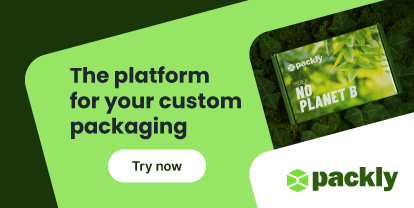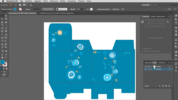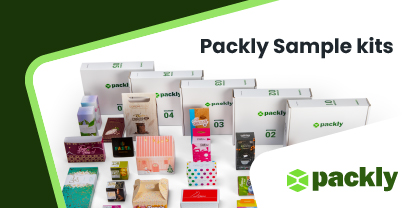Overpackaging is the phenomenon where we pollute the world ‘one extra space at a time.’ Let’s better understand how to avoid the triumph excessive packaging.
Overpackaging definition
Over packaging involves the excessive use of packaging materials. According to the Institute of Packaging Professionals, overpackaging occurs when “the means and materials used to package a product exceed the requirements necessary for the proper storage, protection, transportation, and sale of the product.”
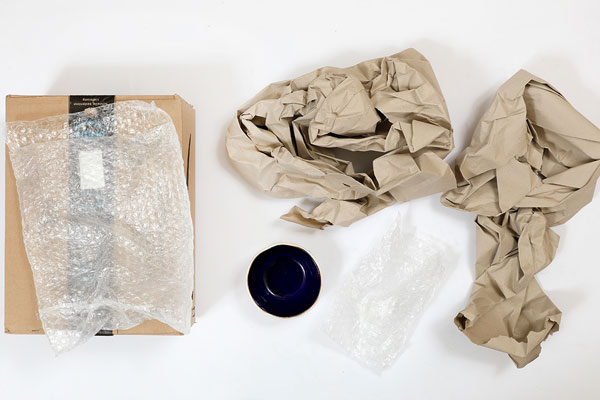
What is the impact of this phenomenon?
In 2022, the number of people shopping online worldwide exceeded 2.6 billion. These numbers are growing in 2023, with peaks in the coming months due to global shopping events like Black Friday, Cyber Monday, and Christmas.
Imagine a situation that you often encounter: ordering a product online, and when it arrives at your home, the packaging box is gigantic compared to your item. It’s like ordering a pen and receiving it in a suitcase-sized box!
According to proposals from Ecommerce Europe in the Regulation on Packaging and Packaging Waste, empty space in packaging should not exceed 40%. This directive is part of a broader effort to promote sustainability and waste reduction in the e-commerce and packaging industry.
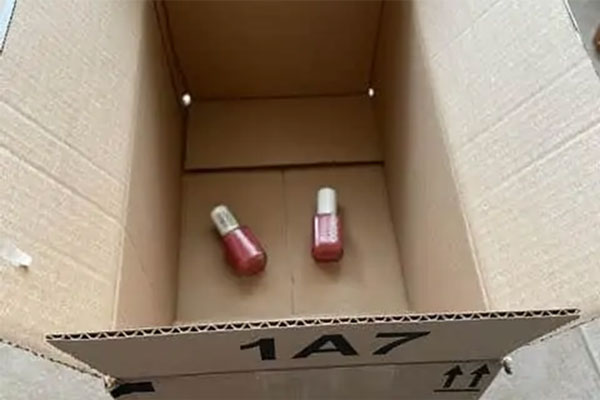
The box should be created specifically to fit the content: no empty spaces, no extra materials. Everything is designed to protect the product efficiently, minimizing waste.
The design and use of eco-friendly packaging for your products contribute significantly to responsible e-commerce. This commitment goes beyond using recyclable materials and includes minimizing the consumption of primary resources. To achieve this goal, it is crucial to use packaging dimensions appropriately.
A customised solution
Online shopping concludes with the arrival of the box. In the world of e-commerce, it is easy to see that the interaction between the customer and the product mainly happens through a computer monitor or phone screen. However, online shopping doesn’t end, as mentioned, with a click on the “Buy” button but with the arrival of the box at its destination. This simple but significant transition from digital to tangible is when packaging becomes the focal point of the customer experience.
Packaging is, in fact, the primary “touchpoint” in e-commerce. It’s what the customer sees first when receiving the product. When a customer receives a product in packaging that conveys attention to detail, quality, and care, a positive connection is created between the brand and the shopping experience.
In other words, packaging can positively impact the customer experience.
Creating lasting bonds with customers is essential for a company’s long-term success. When customers feel valued and appreciated, even through the packaging, they are more likely to return for further purchases.
Ordering an item and knowing that the packaging will be exactly the right size sounds better, doesn’t it? No waste, no exaggeration.
To facilitate the e-commerce sector, how can Packly contribute to avoiding material waste and overpackaging? By providing customizable boxes in sizes that embrace each item without the need for unnecessary fillers.
Every box is made of 100% recyclable corrugated cardboard. Raw materials are carefully selected and come exclusively from responsibly managed forests.
However, a focus should also be on design, aiming to strike a balance between product protection and efficiency, without compromising the aesthetic appearance and overall user experience.
How to Avoid Overpackaging
“Paper and cardboard are responsible materials. Companies that produce, transform, and use them in the form of packaging are constantly committed to monitoring their lifecycle until recycling to meet economic, environmental, and social expectations of all.” (Laura Badalucco, Il buon packaging)
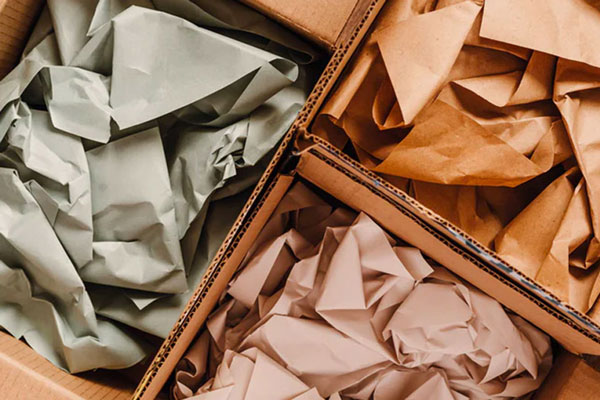
Avoiding overpackaging is possible (and necessary!). In the e-commerce context, it is crucial to adopt more sustainable practices that can reduce excess and minimize the environmental impact. Let’s consider some of them:
- Carefully consider the packaging dimensions and material usage during the packaging process. You can opt for custom boxes tailored to your products to reduce material waste and improve storage and shipping efficiency.
- Prioritize recyclable materials with a low environmental impact, such as corrugated cardboard, which can be recycled to create new raw materials or energy.
- Minimize empty spaces: Optimize packaging dimensions to reduce empty spaces, thus limiting the necessary packaging material.
- Multi-purpose packaging: This strategy focuses on designing packages that can be reused in different contexts, rather than turning them into waste after purchase.”
Conclusions
In conclusion, overpackaging is a problem that is gaining ground “one extra space at a time.” This calls for reflection on the importance of reducing excess. The expansion of e-commerce has amplified this challenge, but there are solutions that can make a difference. A tailored approach is essential. This is why platforms like Packly offer the opportunity to create custom packaging for each product, eliminating empty spaces and waste. The world can’t wait. Click here to start designing custom boxes. Discover the templates and billions of combinations available in our library!







